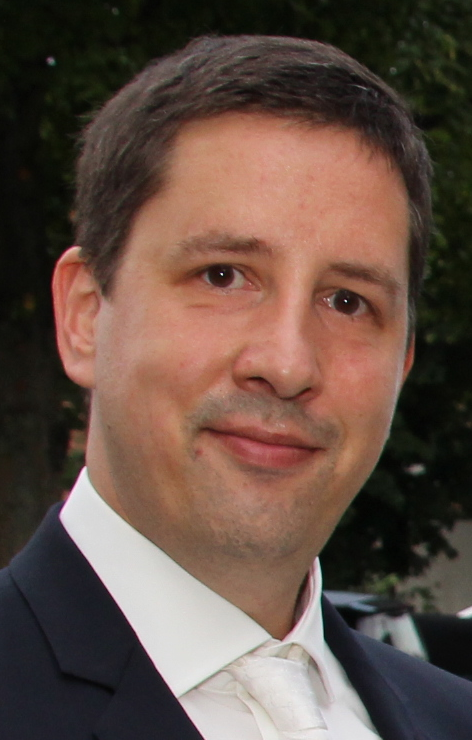An Artificial Neural Network (ANN) is a regressive machine learning algorithm composed of layered interconnected nodes. Essentially, this technique allows the estimation of process variables without the requirement of a process model. ANN are used to provide approximations to non-linear systems. Briefly, the network must receive an input from a set of data e.g. pH, NO3 concentration; which is then propagated by a hidden or intermediate layer to an outer layer, which finally predicts the variable of interest, e.g. biomass concentration. ANN are considered highly flexible models since they provide the possibility to handle large amounts of parameters and demonstrably approximate any function.
· Jung, S.K., Lee, S.B., 2006. In
situ monitoring of cell concentration in a photobioreactor using image
analysis: Comparison of uniform light distribution model and artificial neural
networks. Biotechnol. Prog. 22, 1443–1450. https://doi.org/10.1021/bp0600886
· Liu, J.Y., Zeng,
L.H., Ren, Z.H., Du, T.M., Liu, X., 2020. Rapid in
situ measurements of algal cell concentrations using an artificial neural
network and single-excitation fluorescence spectrometry. Algal Res. 45. https://doi.org/10.1016/j.algal.2019.101739
· López Expósito, P., Blanco Suárez, A., Negro Álvarez, C., 2017. Laser reflectance
measurement for the online monitoring of Chlorella
sorokiniana biomass concentration. Journal of Biotechnology 243, 10–15. https://doi.org/10.1016/j.jbiotec.2016.12.020
· Melcher,
M., Scharl, T., Spangl, B., Luchner, M., Cserjan, M., Bayer, K., Leisch, F.,
Striedner, G., 2015. The potential of random forest and neural networks for biomass and
recombinant protein modeling in Escherichia
coli fed-batch fermentations. Biotechnology Journal 10, 1770–1782. https://doi.org/10.1002/biot.201400790
· Rudolph G, Gierse A, Lindner P,
Kasper C, Hitzmann B, Scheper T. 2007. Observation and analysis of lab scaled microcarrier cultivation by in-situ
microscopy with image processing tools. Springer, R. Smith (ed.). Cell
Technology for Cell Products (Proceedings of the 19th ESACT Meeting, Harrogate,
UK June 5-8 2005), 657-661.
· Rudolph, G.,
Lindner, P., Gierse, A., Bluma, A., Martinez, G., Hitzmann, B., Scheper, T.,
2008. Online monitoring
of microcarrier based fibroblast cultivations with in situ microscopy.
Biotechnol Bioeng 99, 136–145. https://doi.org/10.1002/bit.21523
· Seiler, L.K., Phung, N.L., Nikolin, C., Immenschuh, S., Erck, C.,
Kaufeld, J., Haller, H., Falk, C.S., Jonczyk, R., Lindner, P., Thoms, S.,
Siegl, J., Mayer, G., Feederle, R., Blume, C.A., 2022. An antibody-aptamer-hybrid
lateral flow assay for detection of CXCL9 in antibody-mediated rejection after kidney
transplantation. Diagnostics (Basel) 12, 308. https://doi.org/10.3390/diagnostics12020308
· Yang, J., Huang,
Y., Xu, H., Gu, D., Xu, F., Tang, J., Fang, C., Yang, Y., 2020. Optimization of fungi
co-fermentation for improving anthraquinone contents and antioxidant activity
using artificial neural networks. Food Chemistry 313, 126138. https://doi.org/10.1016/j.foodchem.2019.126138
· Zhang, A.H., Zhu, K.Y., Zhuang, X.Y., Liao, L.X., Huang, S.Y., Yao,
C.Y., Fang, B.S., 2020. A robust soft sensor to monitor 1,3-propanediol
fermentation process by Clostridium
butyricum based on artificial neural network. Biotechnol. Bioeng. 117,
3345–3355. https://doi.org/10.1002/bit.27507

Institute of Technical Chemistry
Leibniz University of Hannover
Callinstraße 5
30167 Hannover, Germany
Tel.: + 49 511 762 2253
Fax: + 49 511 762 3004
Email: lindner@iftc.-uni-hannover.de
Institute of Technical Chemistry
Leibniz University Hanover
Callinstraße 3-9
30167 Hanover
Read the privacy policy of this site.
